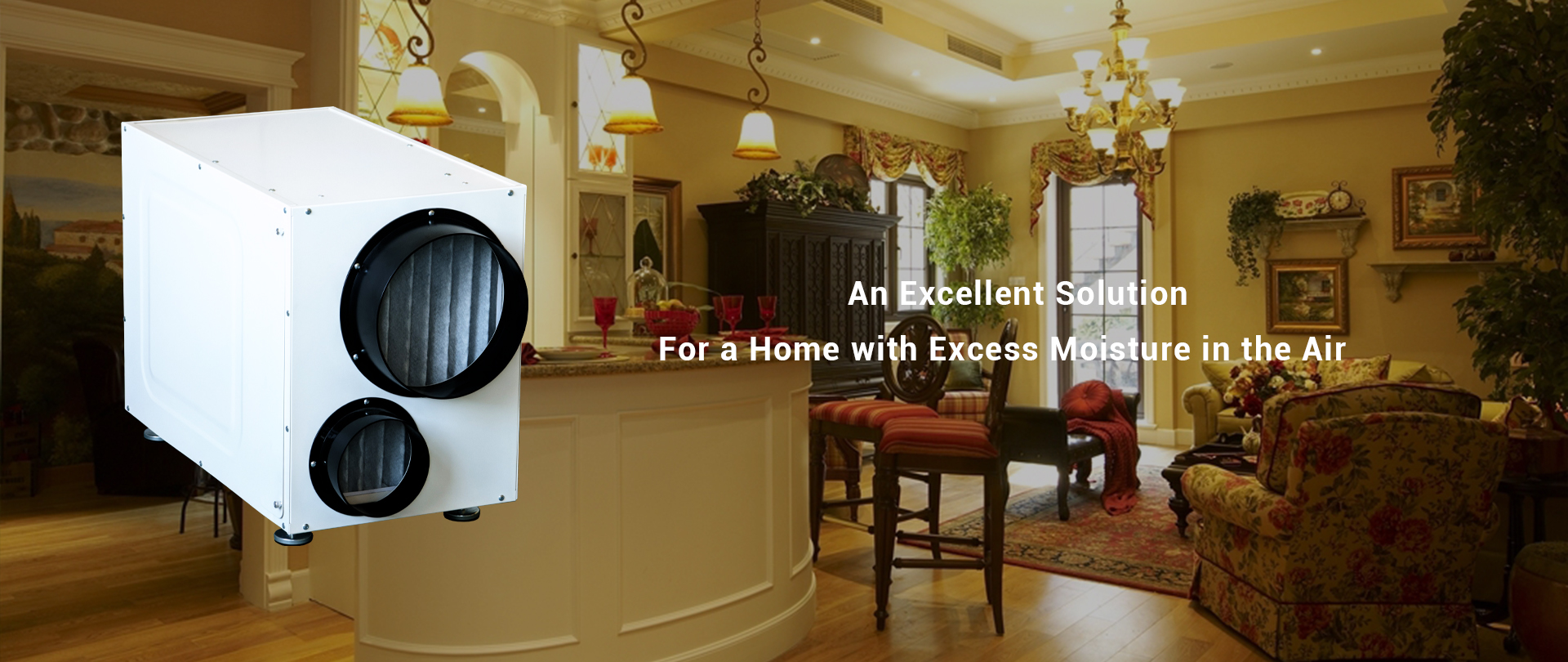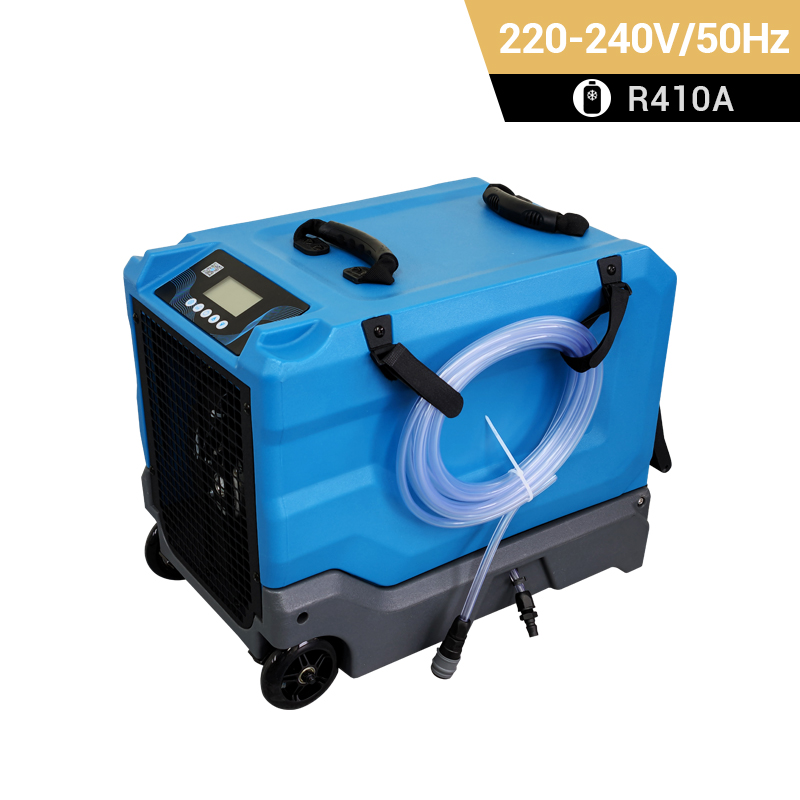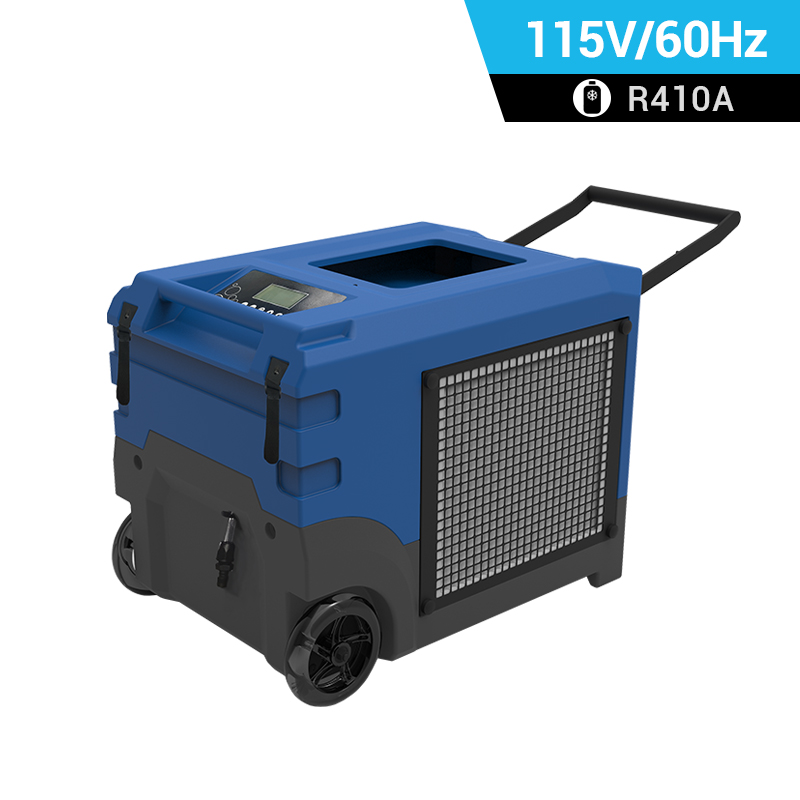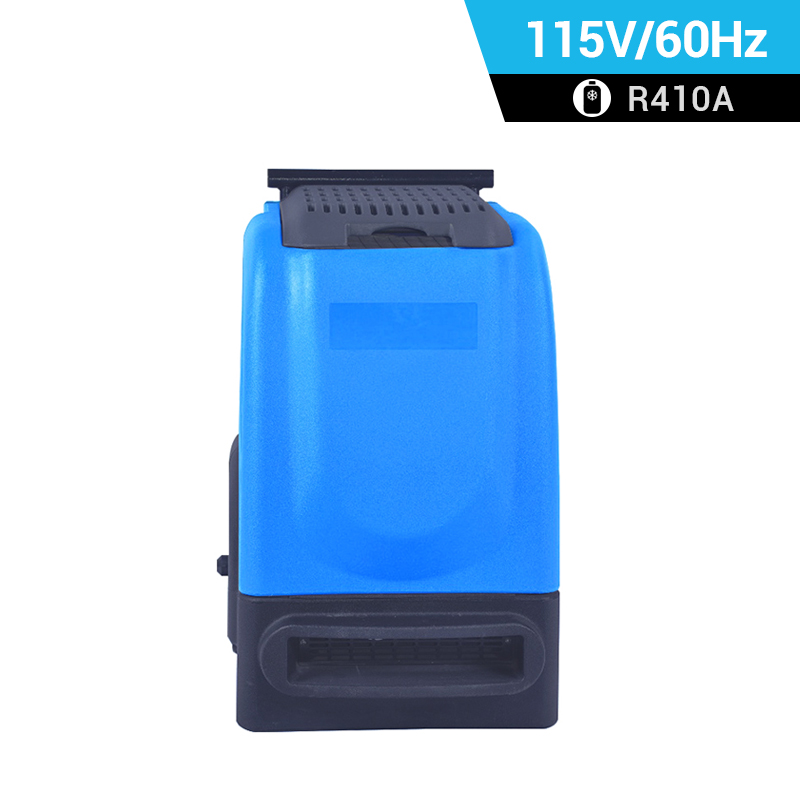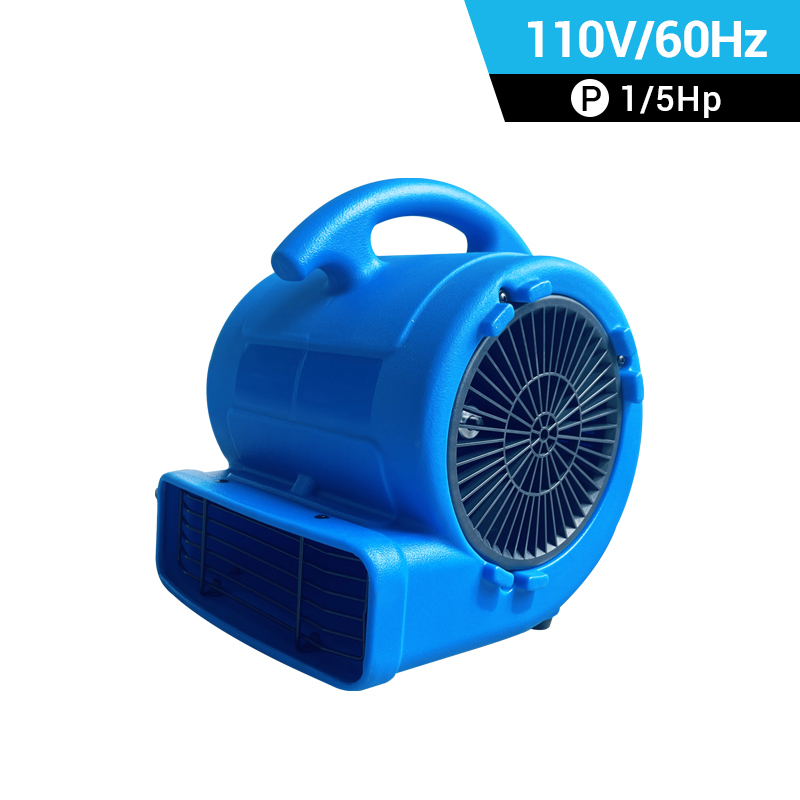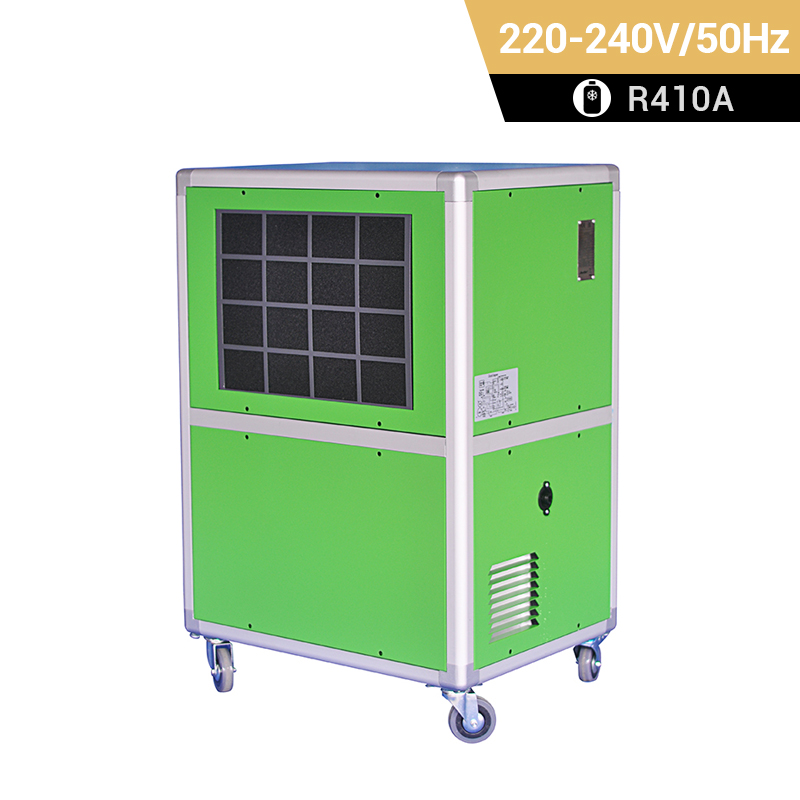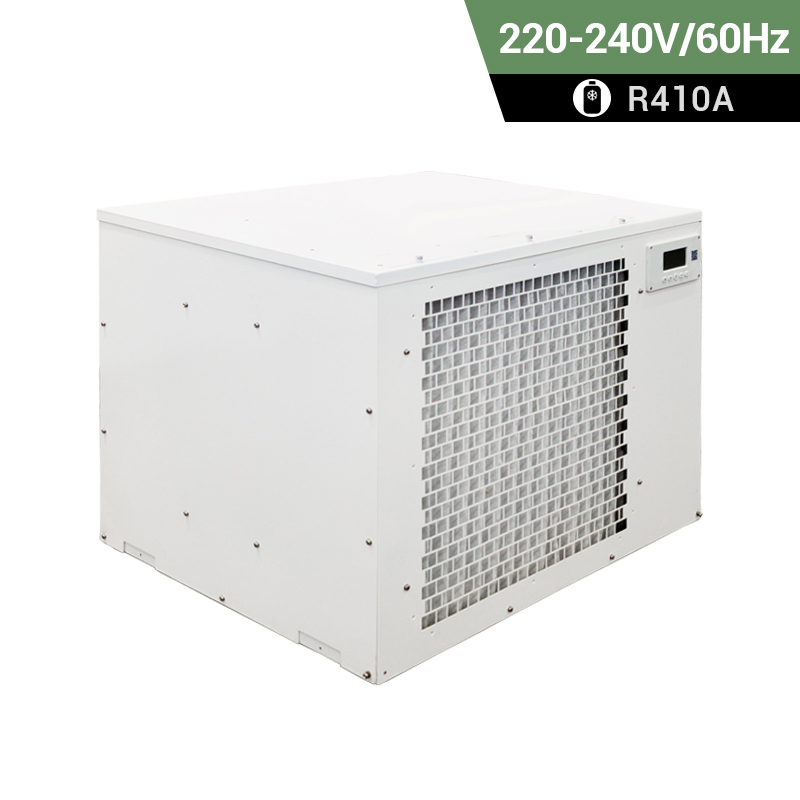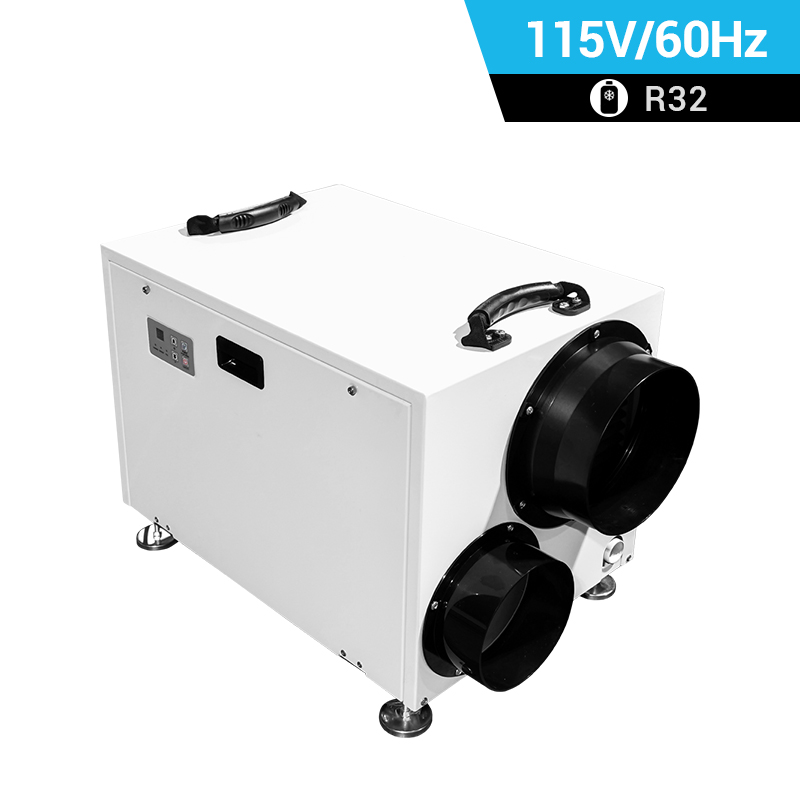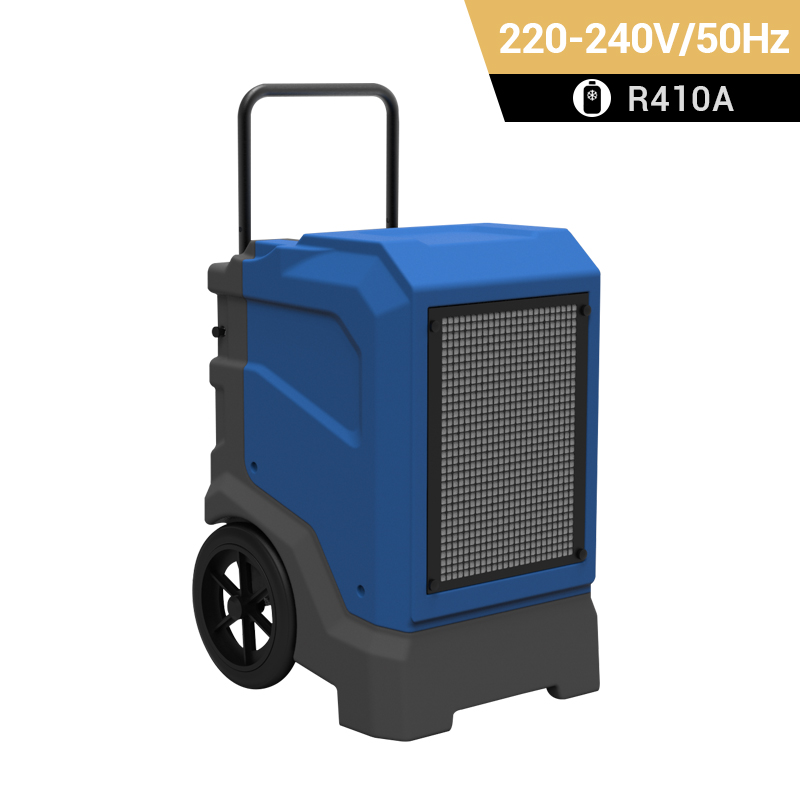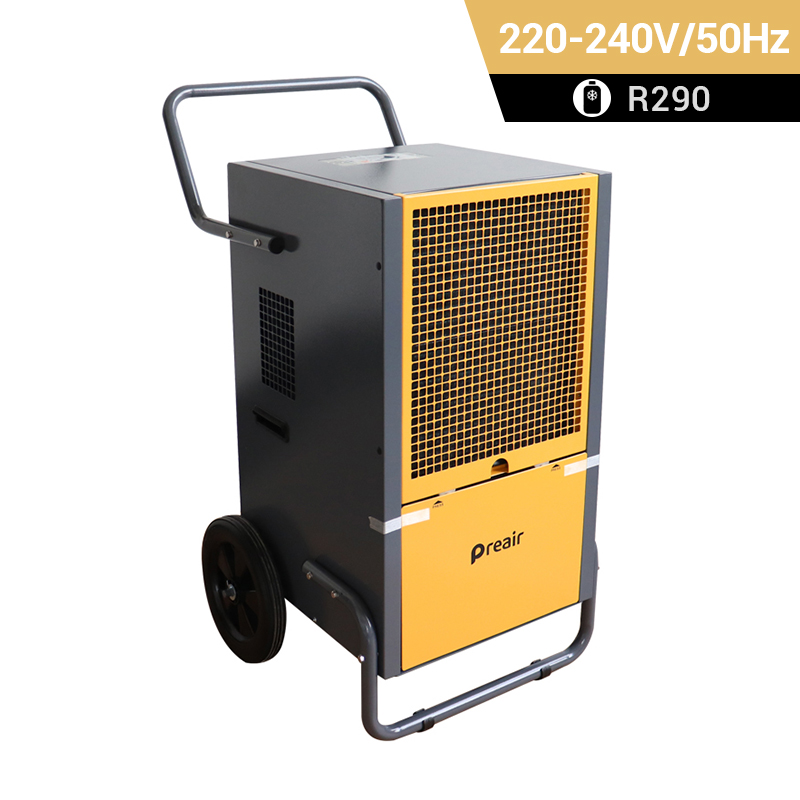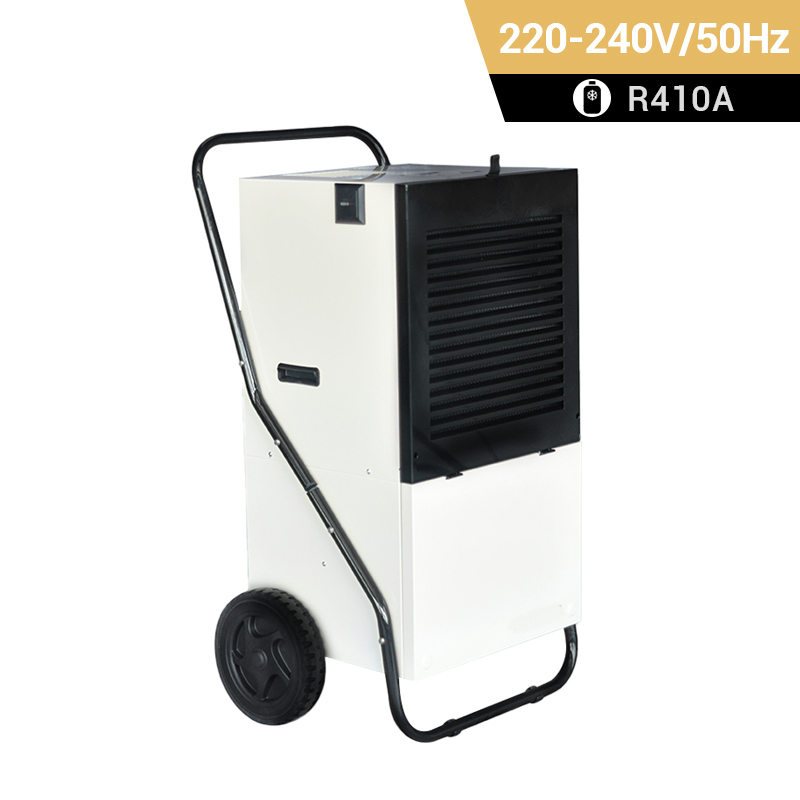 +86-13376814803
+86-13376814803  robert@hzhongtai.com
robert@hzhongtai.com
Dehumidify Basement
Dehumidifying a basement is important for maintaining a healthy and comfortable indoor environment, as basements are often prone to high humidity levels. Here are steps you can take to effectively dehumidify your basement:
-
Use a Dehumidifier:
- Invest in a quality dehumidifier specifically designed for basement use. Ensure it has the capacity to handle the square footage of your basement.
-
Proper Sizing:
- Choose a commercial dehumidifier with the appropriate capacity for the size of your basement. Consider factors like the basement's square footage, level of moisture, and any additional sources of moisture.
-
Placement of Dehumidifier:
- Position the air dehumidifier for basement in a central location. It should have good air circulation around it. Avoid placing it near walls or obstructing it with furniture.
-
Set the Desired Humidity Level:
- Most dehumidifiers have adjustable settings to control the desired humidity level. For basements, a humidity level between 40% and 50% is generally recommended.
-
Continuous Drainage:
- If possible, set up the basement dehumidifier for continuous drainage. This involves connecting a hose to the unit and directing it to a floor drain or a suitable location where water can be safely discharged.
-
Regular Emptying of Collection Tank:
- If you're using a dehumidifier with a collection tank, be sure to regularly empty it to prevent overflow.
-
Ventilation:
- Ensure that there is adequate ventilation in the basement. Use fans or open windows and doors periodically to allow fresh air to circulate.
Related Products
